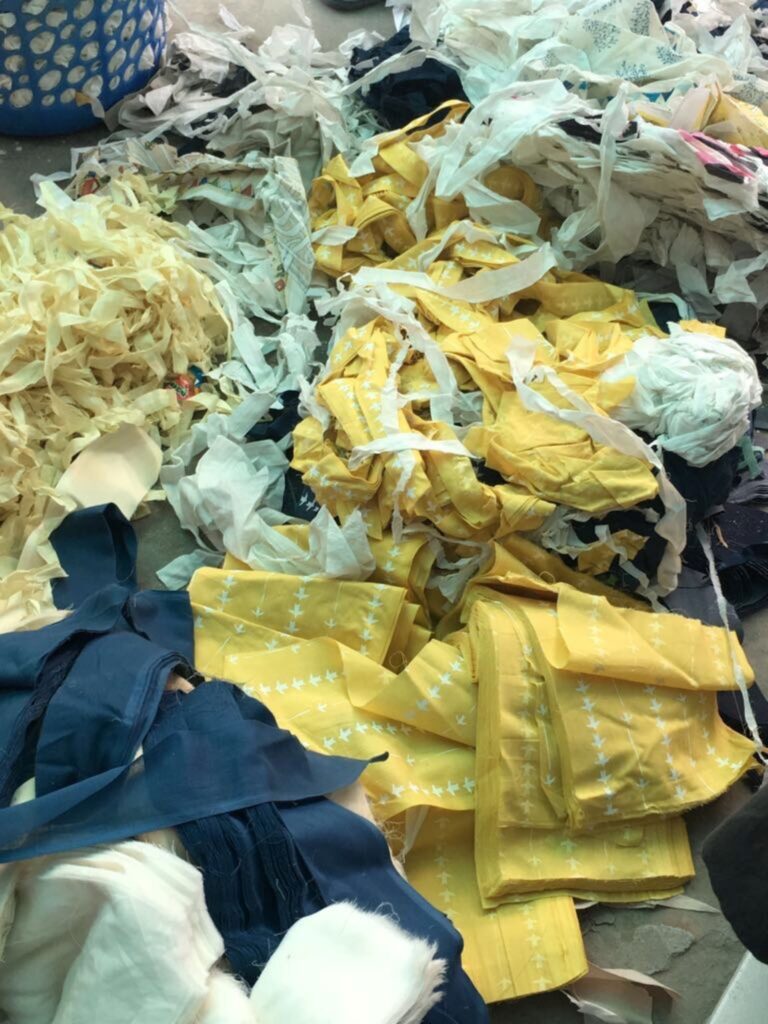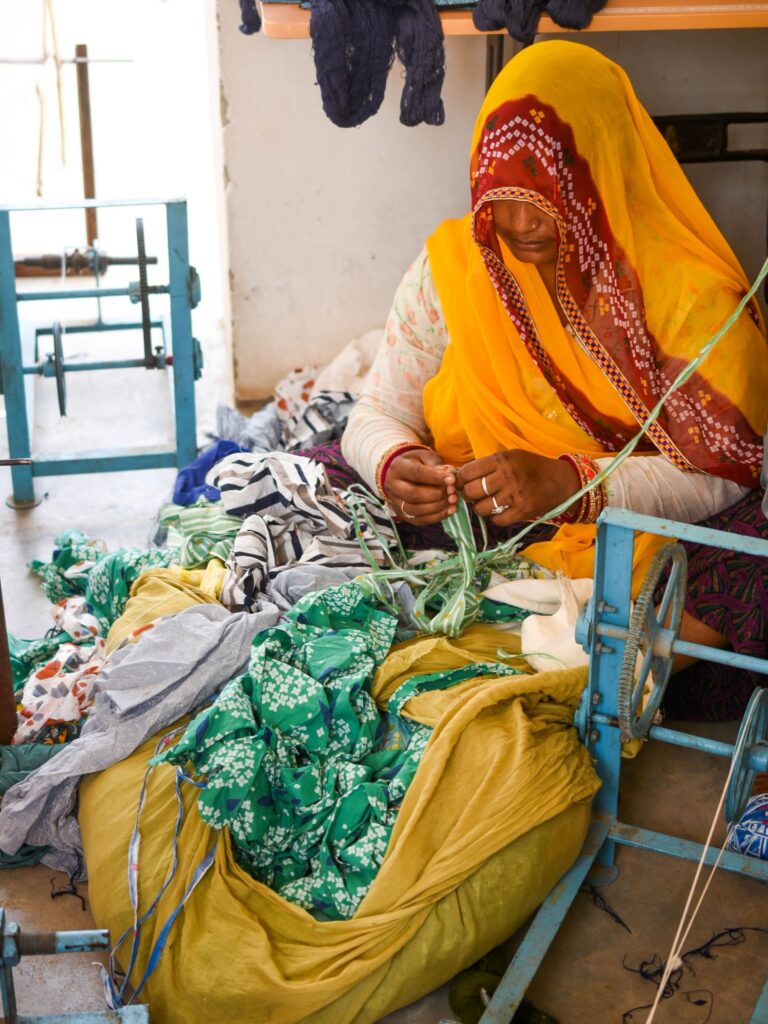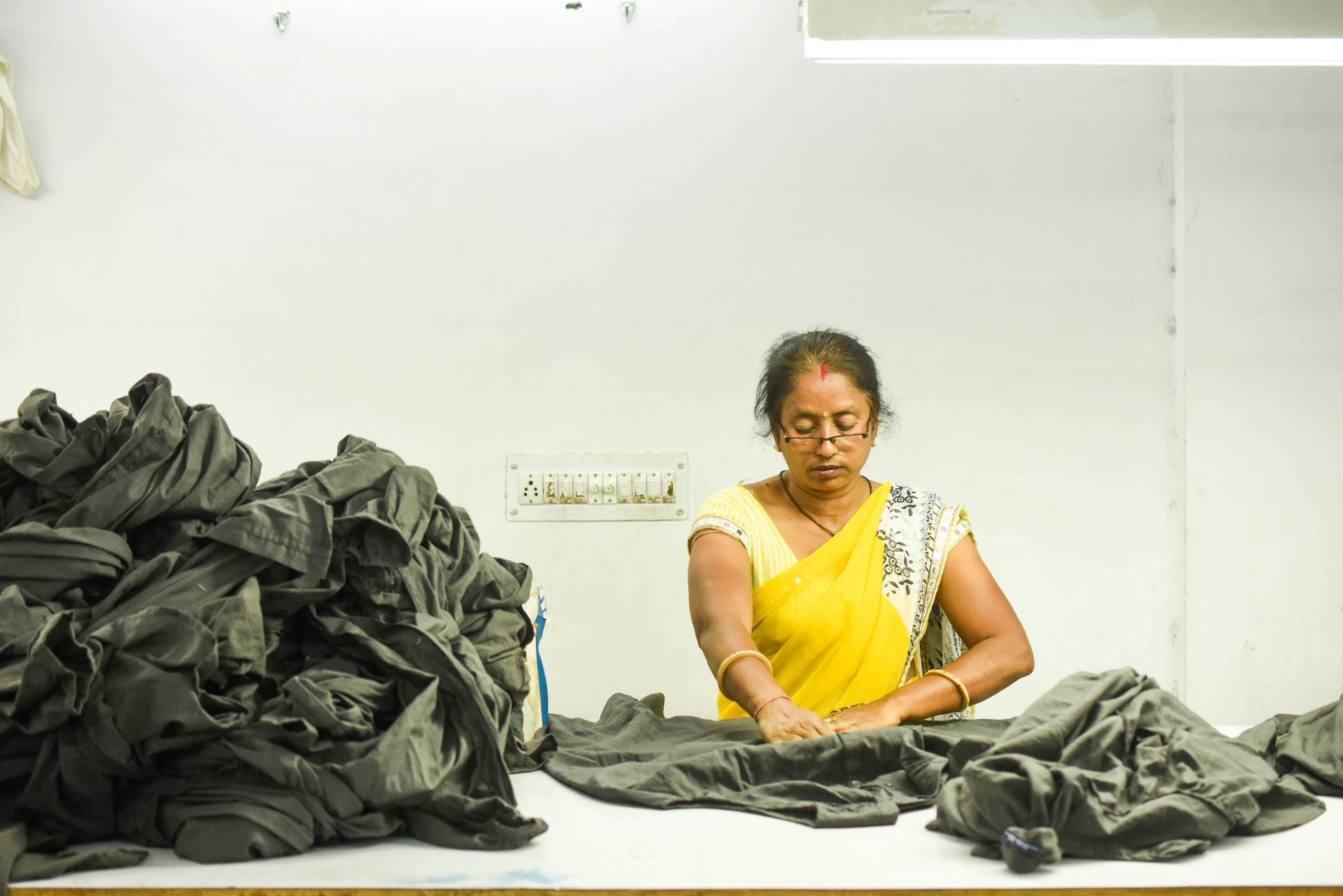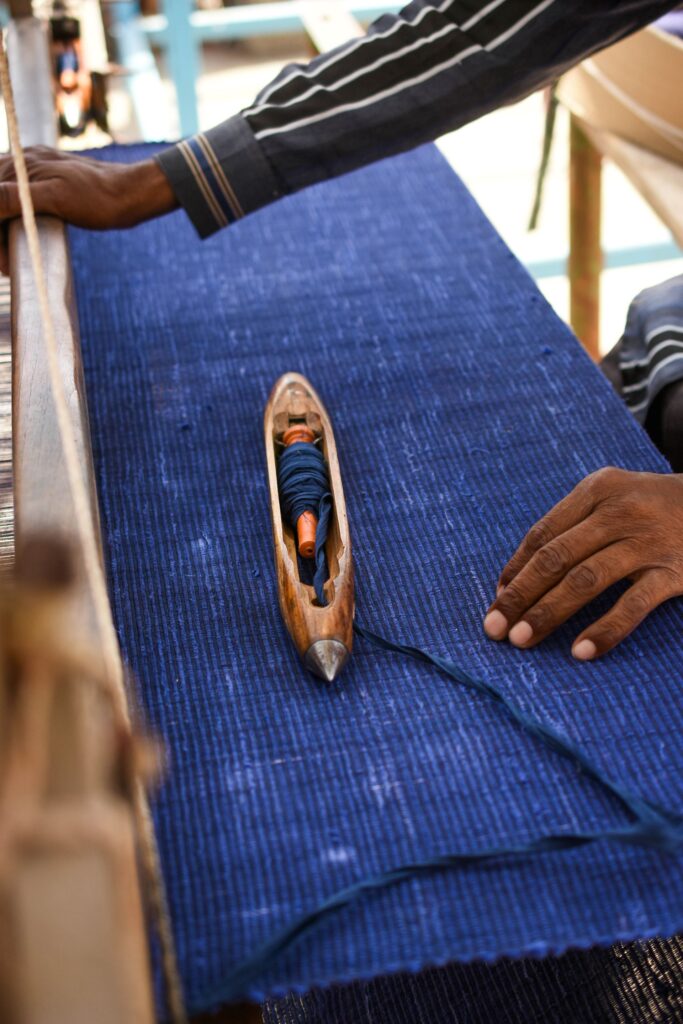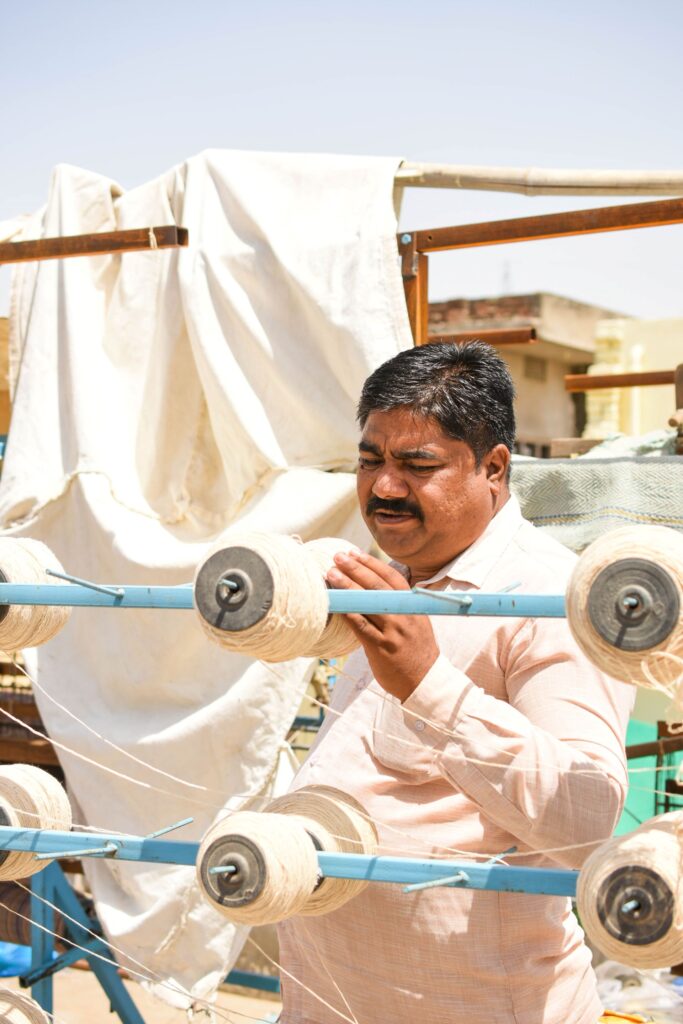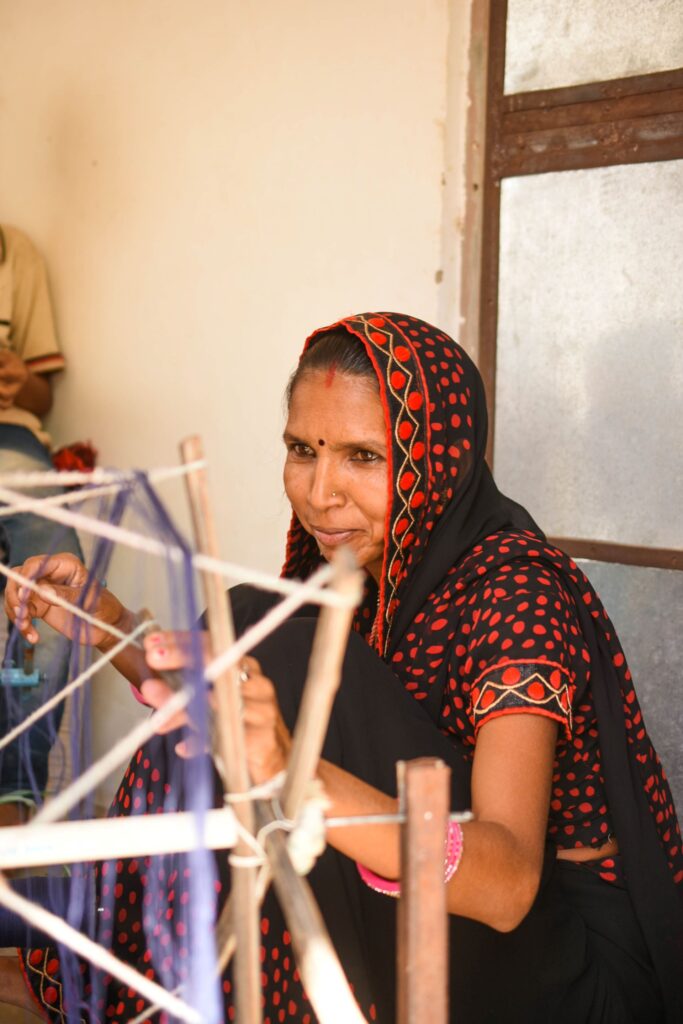The fashion and manufacturing industry is the world’s second-largest consumer of water. From fibre cultivation and mechanised spinning to dyeing, weaving, and packaging, water use is constant at every stage. Even after purchase, garments continue their impact through frequent washing – often releasing inorganic microfibres into waterways. This ongoing strain has sparked a growing reckoning within the industry: how can fashion shed its extractive legacy and embrace practices that minimise environmental harm and restore value to people and the planet?
In response to fashion’s environmental toll, many brands are rethinking their approach – shifting from linear, consumption-driven models to ones rooted in ethics, sustainability, and long-term responsibility. This includes building meaningful partnerships with artisans, weavers, and factory workers – recognising them not as peripheral labour, but as essential stakeholders whose knowledge and craft shape the industry.
One brand helping redefine this new model is IRO IRO, a Jaipur-based circular design collective founded by Bhaavya Goenka. Each year, it creates collections from textile waste, blending indigenous craft with innovative upcycling. By centring artisans as creative and economic partners, IRO IRO fosters fair wages, prevents rural migration, and brings quality not just to the products – but to the lives behind them. Their versatile, multi-functional designs offer long-term value to consumers while embedding sustainability into every thread.
As IRO IRO continues its research, aakh is proving its potential – not just as a fabric, but as a fibre of resilience. With support from public bodies like the Ministry of Textiles, projects like this hint at a wider revival of native fibres, community-led production, and truly circular fashion.


